Wadi Rum / وادي رم
Wadi Rum is the product of millions of years of complex geological and climatic processes. People have lived in Wadi Rum for thousands of years. Even the Nabataeans of Petra inhabited Wadi Rum, leaving behind many structures. More than 40,000 drawings and engravings on rocks date back to 12000 BC. These drawings and inscriptions in different languages from distinct civilizations are widely spread in Wadi Rum, making it one of the world’s richest collections of rock art
Wadi Rum is a breathtaking desert valley located in southern Jordan, known for its stunning natural beauty and rich cultural heritage. There are several reasons to visit Wadi Rum, including:
- Natural Beauty: The valley is home to towering sandstone cliffs, rolling sand dunes, and unique rock formations, all of which create a stunning and otherworldly landscape.
- Cultural Significance: Wadi Rum has been inhabited by various Bedouin communities for centuries, and they have left behind a rich cultural heritage, including rock inscriptions, stone circles, and other ancient structures.
- Adventure Activities: Visitors to Wadi Rum can go on a range of exciting adventures, including camel rides, rock climbing, hot air ballooning, and jeep tours.
- Star Gazing: Wadi Rum is known for its clear skies and minimal light pollution, making it an ideal location for stargazing and astrophotography.
- Peaceful and Serene: Wadi Rum is a peaceful and serene place, offering visitors an opportunity to escape from the fast-paced modern world and reconnect with nature.
- Unique Accommodation: Visitors to Wadi Rum can choose from a variety of unique accommodation options, including traditional Bedouin tents, camping, and even treehouses.
Overall, Wadi Rum is a must-visit destination for anyone looking for an immersive and authentic experience in Jordan.
HOW TO GET TO TO WADI RUM
There are many options to get to Wadi Rum. You can take a bus if you’re traveling alone where you can meet with other tourists with organized tours by some companies. If you’re traveling with a group, renting a car would be a good option (the car rent varies from 25-30 JD, 35-40 USD a day for a new model and insurance). From Amman, take the Desert Hwy (4 hours) or the breathtaking Jordan Valley Hwy (5 hours). If you’re traveling from Aqaba the journey will take around an hour.
WHAT CAN I EXPECT IN WADI RUM?
There is no entrance fee for the area of Wadi Rum. There are many options to explore the area, hiking or riding a camel on a tour that costs about $20 per person for one hour. A jeep ride is the most traditional and quick way to get to know Wadi Rum, a 4-hour tour for 3-4 people usually costs around 35 dinars per person. The drivers are professional and speak English well, and have a great knowledge of the area and all the historical details there.
They will take you across the enormous sand dunes, racing the desert winds, and marveling at the majesty and magnificence of Wadi Rum’s rock formations. We embarked on an incredible journey that took us to hidden canyons, oddly formed rocks, and ancient sites.
They are 6 stops that all tour we walked barefoot on the soft sands and we visited the famous locations and stayed with the welcoming Bedouins in their tents where they offered us the best cup of tea we’ve ever had.
THINGS TO SEE AND DO IN WADI RUM
Burdah Rock Bridge
It’s one of the most famous rocks in Wadi Rum and the highest rock arch in the region. it takes about three hours to climb it. At the top, you will enjoy the amazing view of the desert. The granite and marble mountains form beautiful scenery.
Lawrence’s house
Lawrence of Arabia is a British military commander and a very famous historical figure, This man left his country to live in the desert and contributed to the Arab revolt against the Turks and believed in their cause. This is a must-see historic attraction in Wadi Rum.
Mushroom Rock
The Mushroom Rock is one of the most famous rock formations in Wadi Rum. It has a pointed shape at the top on a narrow stone stem forming a mushroom shape. This rock was formed in this way due to wind and rain erosion, which affected the softer layers at the bottom, while the upper layers remained because they are harder. In the past, this rock used to attract shepherds and Bedouins to rest under avoiding the desert sun.
The Little Bridge
From its name, it’s a small bridge with an approximately 4-meter extension, at its base, you can easily touch the bridge. Can be climbed easily and is a great spot to take pictures of gorgeous views.
Um Fruth rock bridge
It is one of the most photographed places in Wadi Rum. The bridge is about 15 meters high. It is steep but not difficult to climb with directions from your tour guide.
Visiting Bedouins
Bedouins are known for their hospitality and generosity. You can sit with them and get acquainted with their customs and traditions, tasting their coffee and tea.
BEST TIME TO VISIT
Wadi Rum is an excellent destination for travel throughout the year, but that does not mean that the period from March to May and from September to November are the mildest months for more enjoyment, and indeed it seems that spring is special in this region of Jordan, where the desert plants are at their best.
FOOD
In the visitor center, you can buy some simple dishes and drinks, and there are also a couple of shops in Wadi Rum village. It is common for all accommodation and Wadi Rum desert camps to include breakfast and dinner in their prices. While lunch is included in the tours.
Also, there are camps that provide food, drinks, and overnight services. You must try the Zarb food, which is cooked in closed pots under the sand with meat.
ACCOMMODATION
In Wadi Rum, there are two options for overnight accommodation: camping or bed and breakfast. You may pick between “wild campsites” with few facilities, where you can bring your own tent and deluxe Bedouin-style campsites with all amenities and entertainment. Rum Village also has a permanent campground with showers and toilets.
TIPS WHILE TRAVELING
don’t forget to bring your sunscreen, lightweight/safety shoes, a cap, sunglasses, and an adequate amount of water.
There is no internet connection in most of the Wadi Rum desert camps. Also, there is no cell phone signal in some parts of the desert.


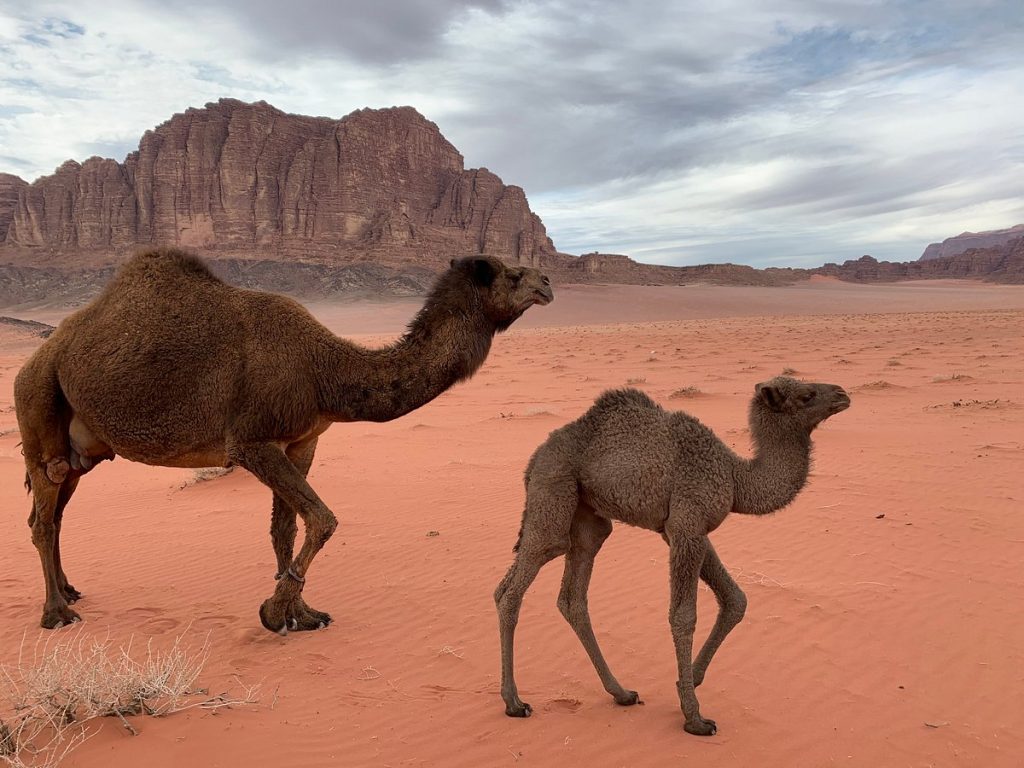
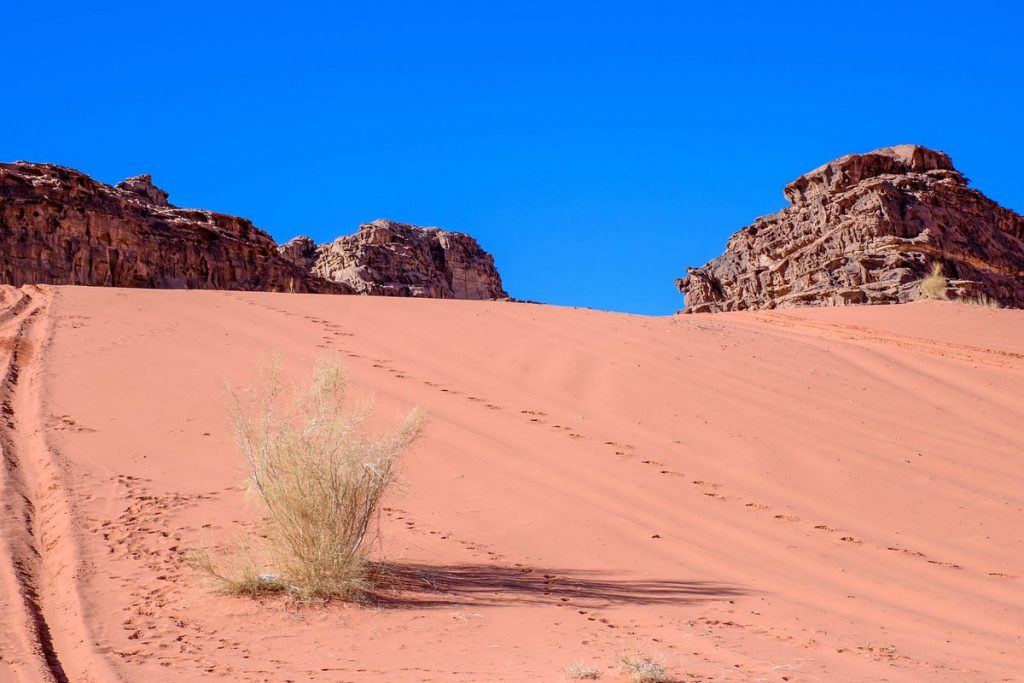
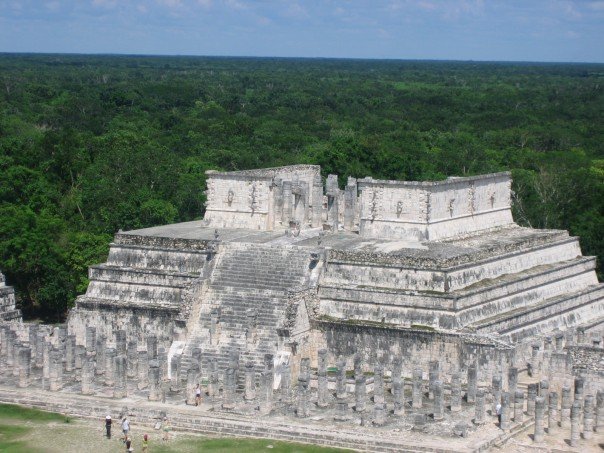

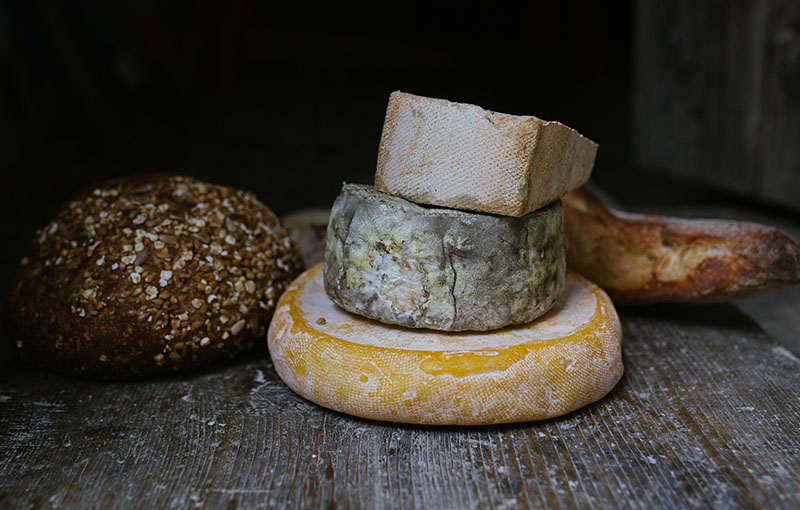
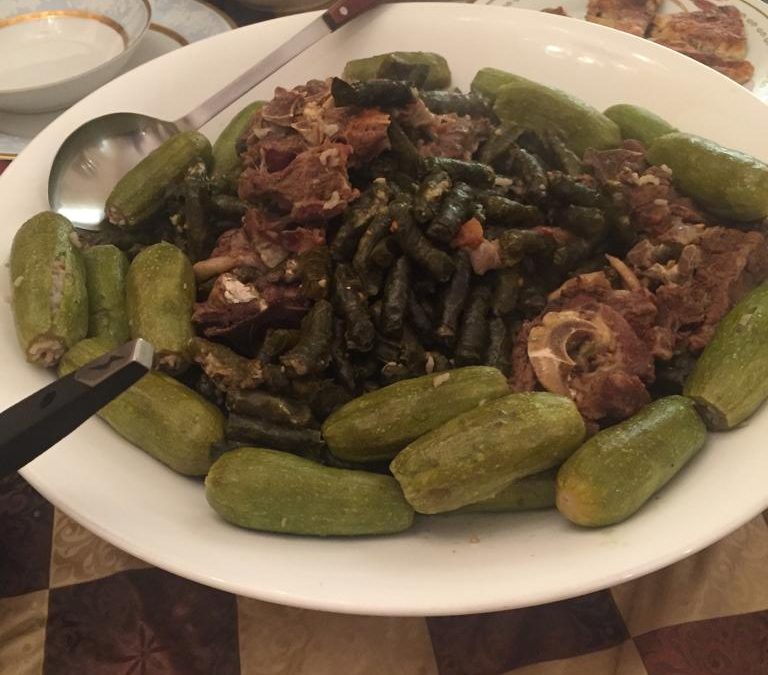
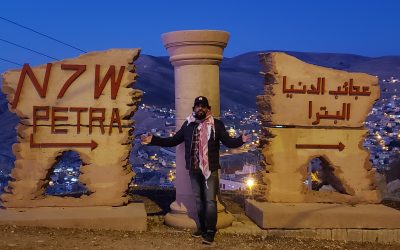
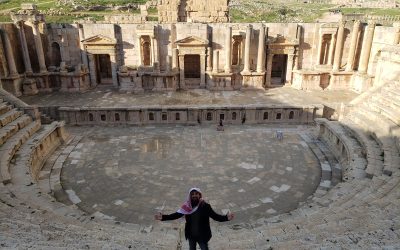
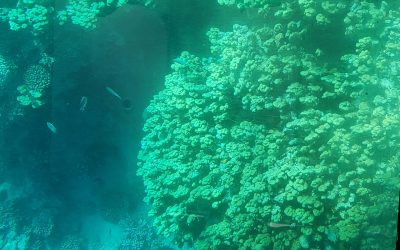
0 Comments